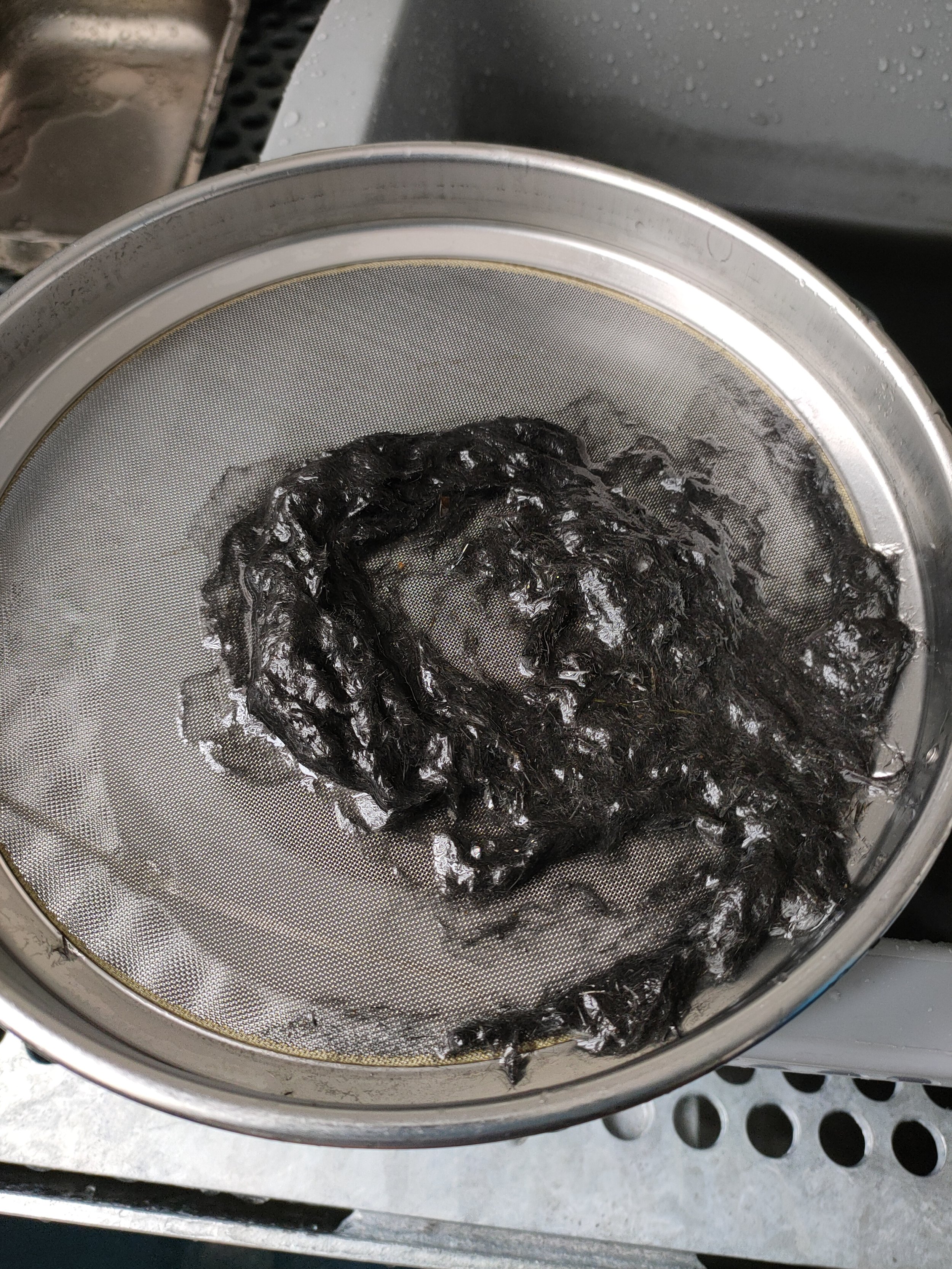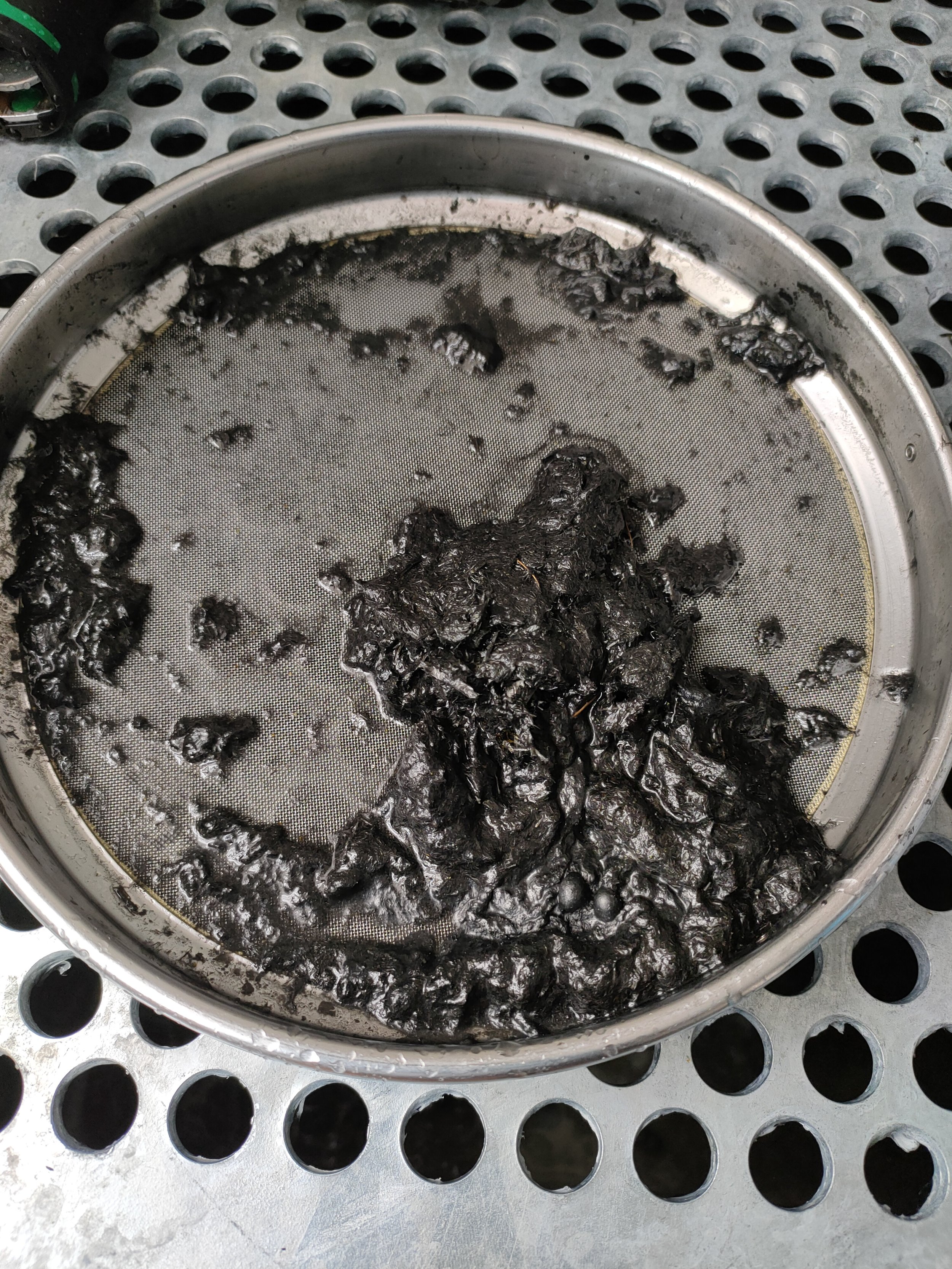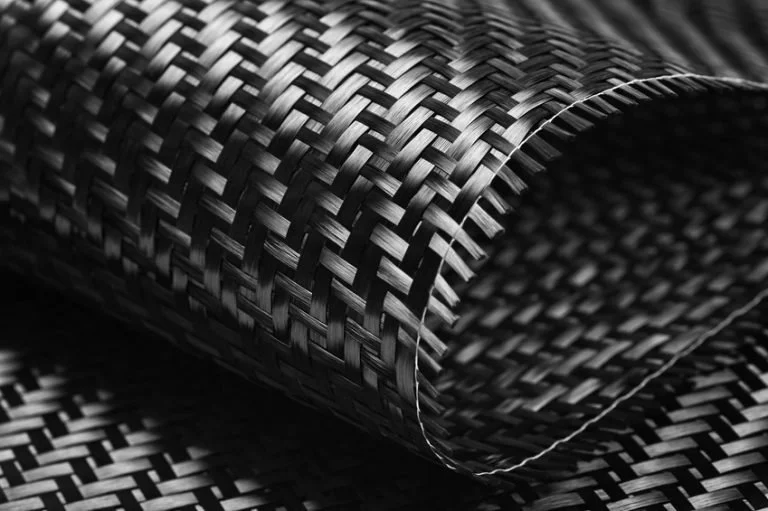CFRP Disintegration Using High Voltage Electric Pulses.
Carbon fibre reinforced polymers (CFRP's) are high-performance materials used widely in the automotive and aviation industries replacing metal components due to their lightness and strength.
Virgin CFRP's are energy intensive and expensive to create however, and their production locks valuable carbon fibres into resin. Incorporating recycled CFRP into new products can significantly reduce the energy and monetary cost of production, however used CFRP is difficult to recycle due to it’s resilience, posing a challenge for the future. Can new technologies solve this modern recycling problem?
CFRP is a matrix of resin into which are embedded fibres which increase the strength of that polymer. Longer fibres generally equate to a stronger polymer, however conventional recycling methods shred the CFRP, drastically reducing the fibre length and reducing the overall strength of a product made from recycled fibres. Each recycling iteration reduces the number of things a secondary CF polymer can be used for, which reduced it’s usefulness (The same is true for many materials which can only be recycled a certain amount of times, while things like metals can be recycled forever).
A goal of materials science is to be able to recover longer and more intact carbon fibres from used CFRP’s, allowing a greater range of potential secondary materials to be constructed from those recovered fibres, and removing the expense of creating brand new carbon fibres from the cost of production for an item.
Lightning Machines recently conducted work for the National Composites Centre as part of one of their Core Research projects looking at the Effective Recycling of End-of-Life Composites (The ERoC project), which in investiagting new potential recycling routes for CFRP’s.
In order to determine the effectiveness of high voltage pulse processing for CFRP recycling, we disintegrated various CFRP materials in a Selfrag Lab system, which produces high voltage electric discharges, miniaturised lightning bolts, that will pass through the sample and separate individual components of the material from one another.
The various samples were treated at a range of specific energy inputs in order to correlate the energy used in with the amount of resin removed from the fibres, and the amount and quality of those liberated fibres.






These first results from this process were encouraging, we can see that this woven CFRP product in the images above was pulled apart by the high voltage discharges, producing a 'woolly' bundle of fibres that could easily be separated from remainign flakes of intact CFRP and paint and recovered for subsequent reuse.
The next steps would be to investigate the amount of resin attached to the product fibres and the potential for their reuse.
You can learn more about carbon fibre and it’s applications here.
Lightning Machines is a freelance consultancy performing high voltage test work and analysis on a range of materials in the fields of mining geoscience and recycling. To find out what happens to your material when we hit it with lightning to to investigate mineral processing and mining opportunities, get in touch using the buttom below:


